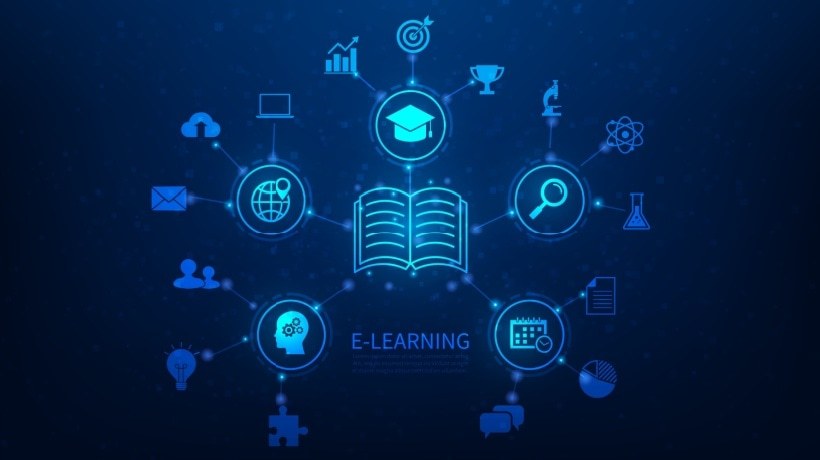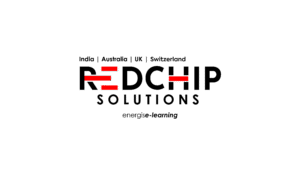Tailored Learning For Better Engagement
In today's fast-evolving learning environment, organizations must deliver training that is relevant, engaging, and aligned with their goals. While off-the-shelf courses offer convenience and speed, they often fail to meet specific learning needs. Custom eLearning solutions, on the other hand, allow organizations to tailor content, design, and delivery methods to fit their unique culture, skills gaps, and performance goals. This article explores how custom eLearning outperforms prebuilt alternatives, focusing on the eLearning design process, microlearning modules, and the role of eLearning content providers.
1. Alignment With Organizational Needs
Off-the-shelf courses are designed for general audiences. They cover broad topics such as communication skills or workplace safety in a one-size-fits-all manner. In contrast, custom eLearning solutions are created after analyzing an organization's specific learning objectives, target audience, and industry requirements.
For example, a pharmaceutical company's compliance training differs significantly from a bank's customer data security training. Custom courses ensure that every element—from examples and case studies to terminology—matches the learner's real-world environment. This contextual relevance improves understanding and long-term retention.
2. Flexibility In Design And Delivery
A major strength of custom eLearning solutions lies in their flexibility. Organizations can decide how the content is structured, what media formats to use, and which instructional strategies to apply. The eLearning design process allows for the inclusion of:
- Interactive videos.
- Scenario-based simulations.
- Gamified assessments.
- Microlearning elements.
This adaptability ensures that learning remains engaging and supports various learning styles—visual, auditory, or kinesthetic. Meanwhile, off-the-shelf courses typically limit customization to surface-level changes, such as adding a company logo or color scheme.
3. Better Integration With Learning Platforms
Custom eLearning outperforms off-the-shelf courses when it comes to integrating effectively with Learning Management Systems (LMS) or other digital training environments. They can be designed to include progress tracking, adaptive learning paths, and real-time reporting. This helps training administrators monitor completion rates and assess learner performance efficiently. Off-the-shelf content, on the other hand, may not always align with an organization's LMS or reporting needs. Compatibility issues can limit how learning data is captured and analyzed.
4. Incorporating Microlearning For Higher Retention
Custom courses can be structured as microlearning modules, where content is broken into short, focused lessons that take five to ten minutes each. These bite-sized units are ideal for modern learners who prefer consuming information in quick, digestible formats. Microlearning supports just-in-time training—employees can access specific lessons whenever they need to refresh a skill or follow a process. This level of flexibility is difficult to achieve with off-the-shelf courses, which are usually built as long, linear modules.
5. Enhanced Engagement Through Interactive Design
The eLearning design process used in custom solutions allows for the integration of interactivity. Learners can engage with branching scenarios, decision-making exercises, and real-life simulations. These techniques create active learning experiences that improve knowledge application. Off-the-shelf courses may contain limited interactivity, often restricted to multiple-choice quizzes or basic drag-and-drop activities. Custom content, in contrast, can replicate authentic work situations that promote deeper learning.
6. Continuous Improvement And Updating
Custom eLearning modules can be easily revised when policies, technologies, or processes change. Since the organization owns the source files, updates can be made quickly without depending on external publishers. Off-the-shelf courses may become outdated over time, especially in industries like healthcare or finance where regulations frequently change. Custom courses ensure content remains current and compliant, supporting consistent workforce readiness.
7. Scalability And Cost Efficiency Over Time
Although initial eLearning content development for custom courses may take longer and cost more than purchasing a ready-made course, the long-term benefits outweigh the costs. Custom modules can be reused, updated, and expanded as training needs evolve. Organizations that invest in a robust custom library often find it more economical over time because the content remains relevant and adaptable, eliminating recurring licensing fees associated with off-the-shelf content.
8. Collaboration With eLearning Content Providers
Partnering with experienced eLearning content providers ensures that custom courses are designed using proven Instructional Design methodologies. These providers follow structured processes such as needs analysis, storyboarding, prototype development, and testing. Through collaboration, organizations can ensure their training programs reflect the right balance of accuracy, engagement, and accessibility.
Conclusion
Custom eLearning solutions clearly outperform off-the-shelf courses when it comes to relevance, adaptability, and learner engagement. With a well-planned eLearning design process, organizations can create meaningful learning experiences that integrate microlearning modules, real-world applications, and flexible delivery methods. Over time, this approach not only enhances performance but also establishes a sustainable learning culture built on continuous improvement.










